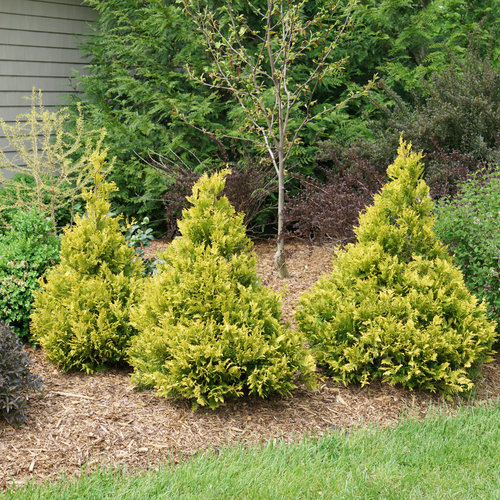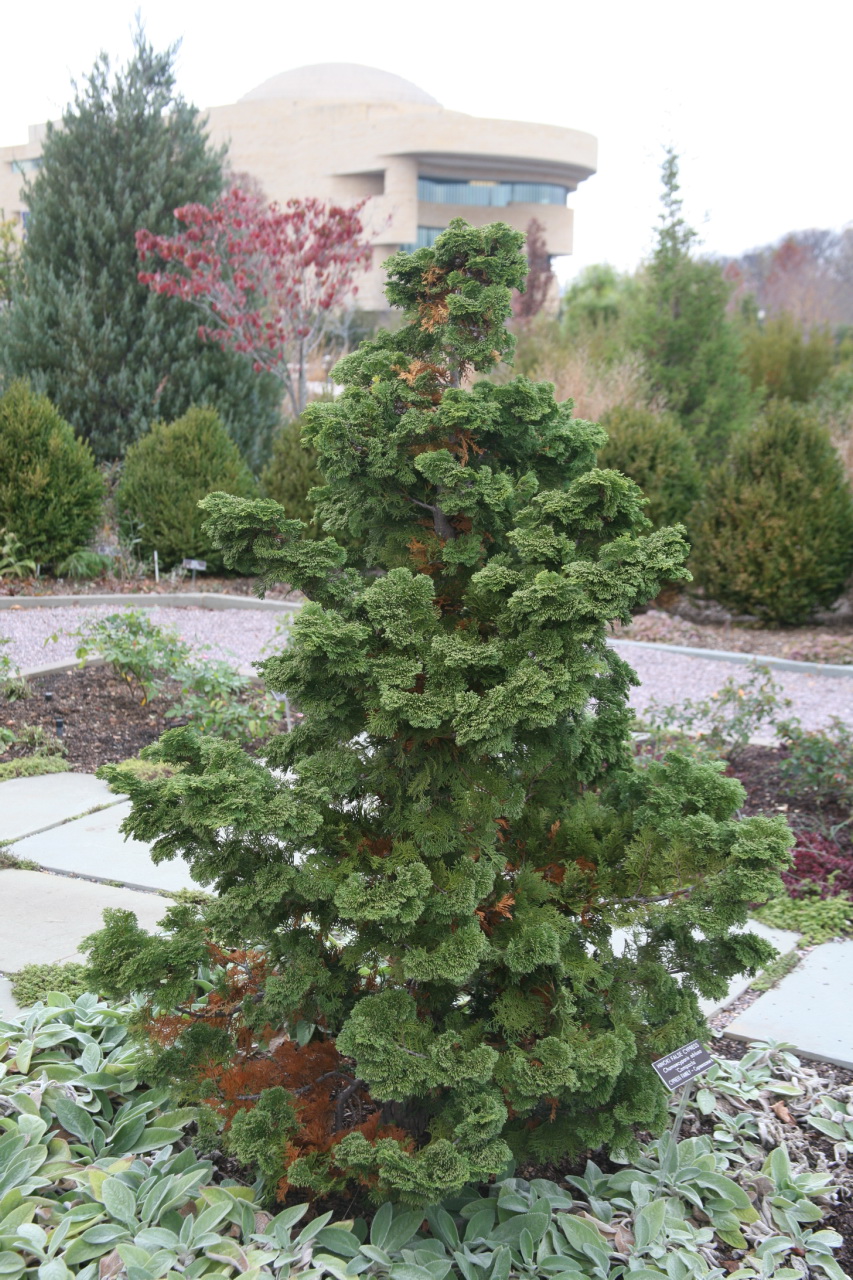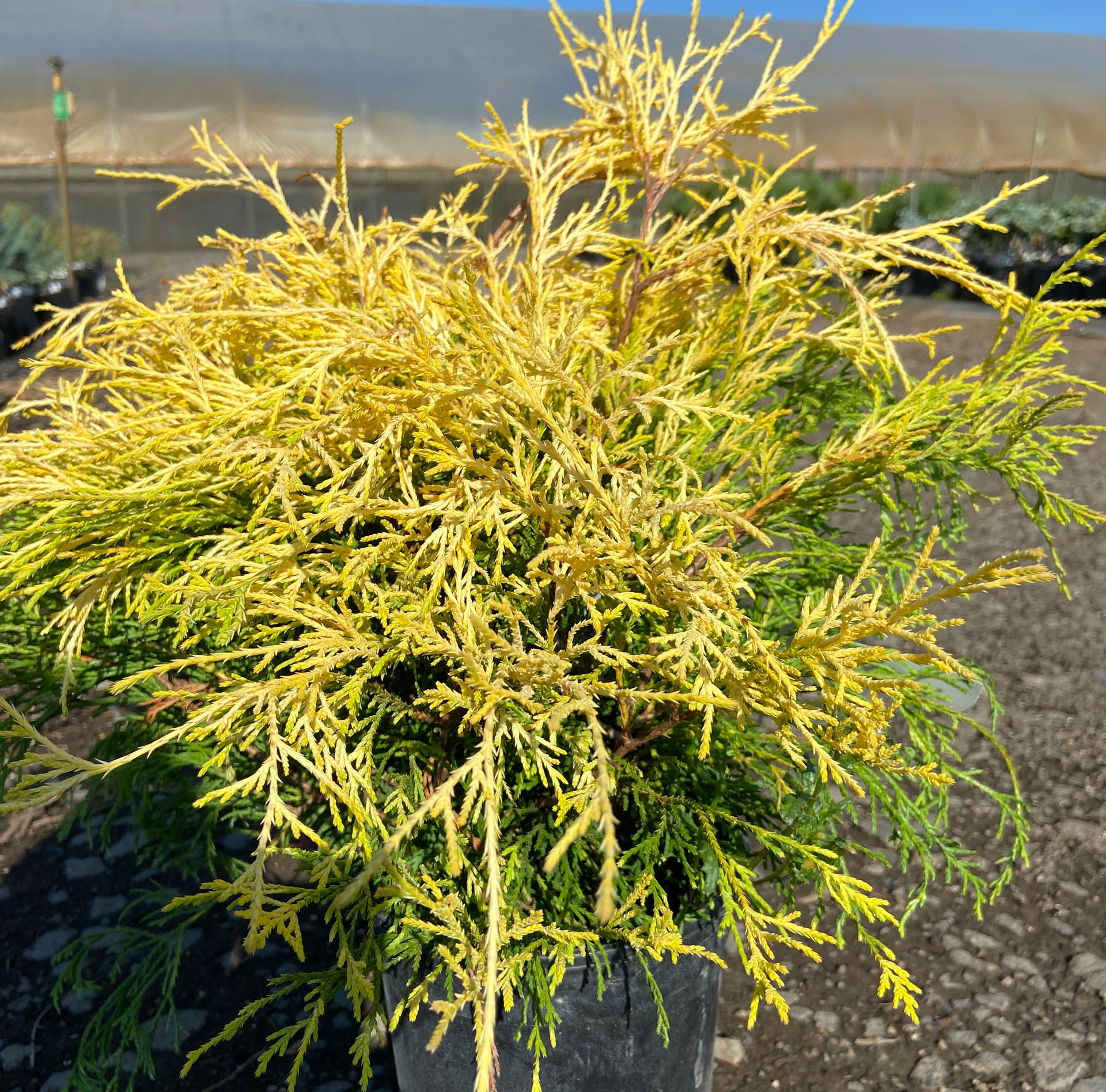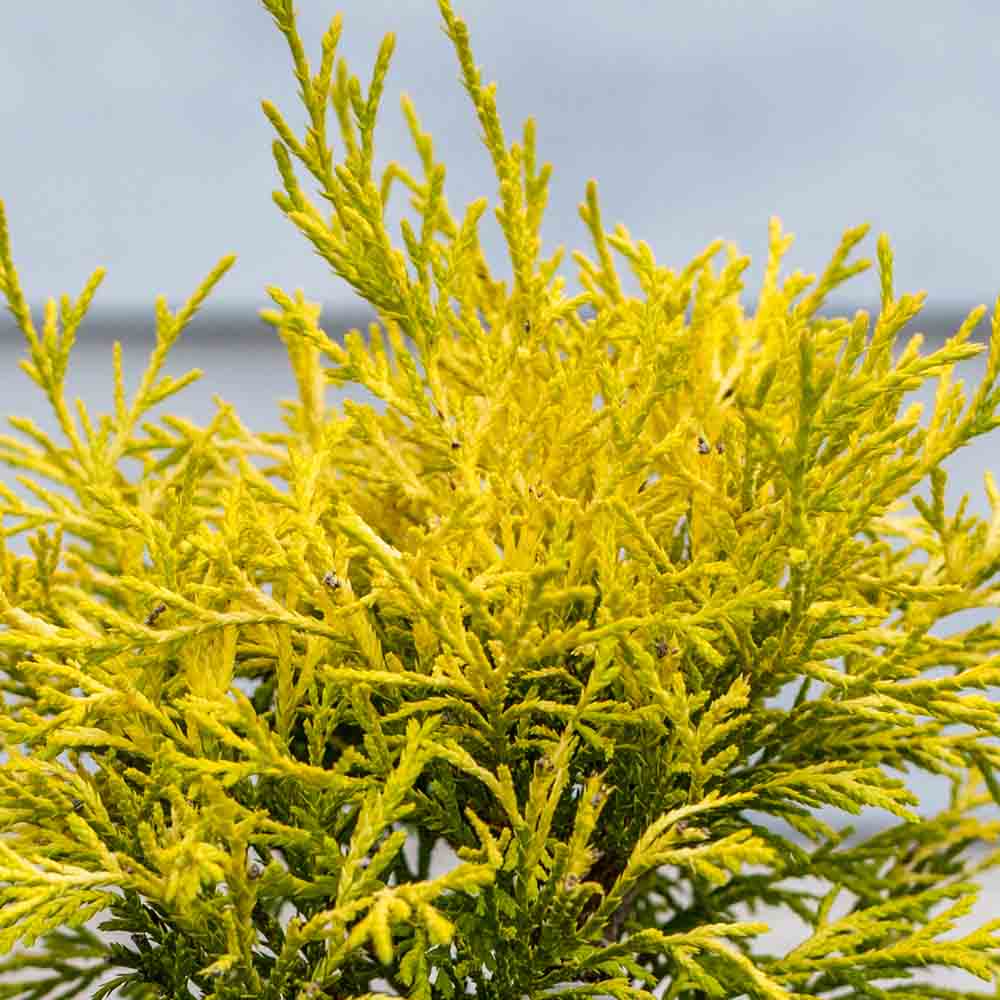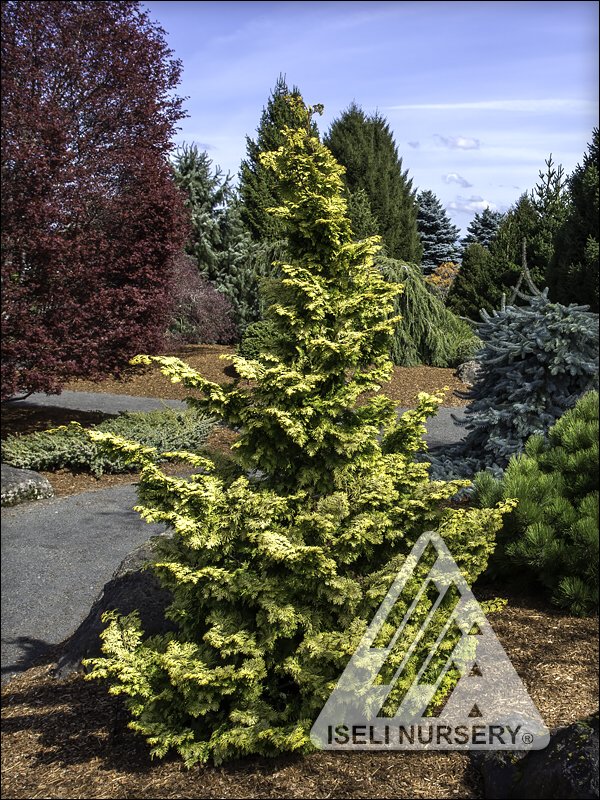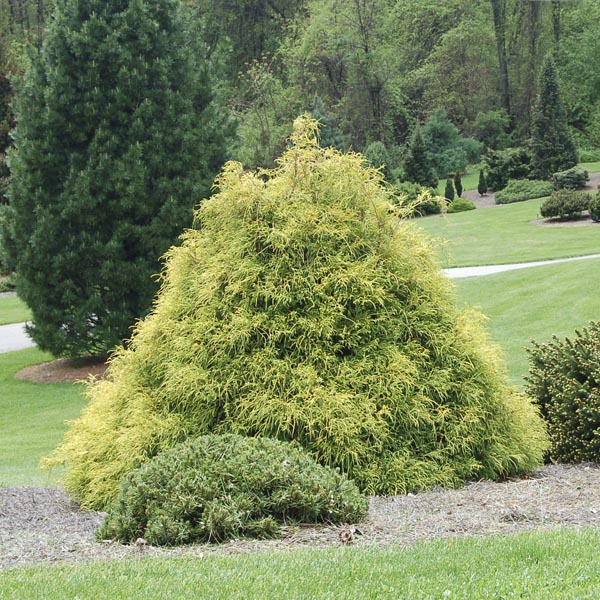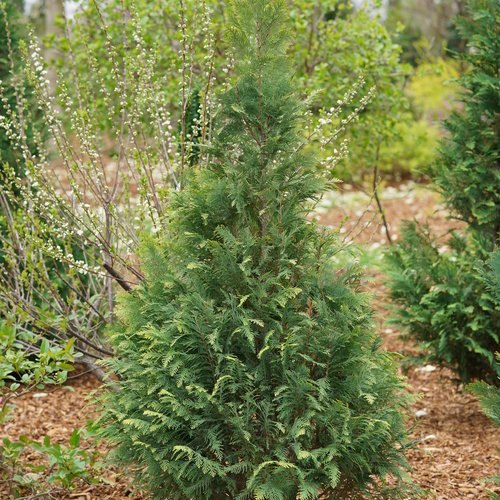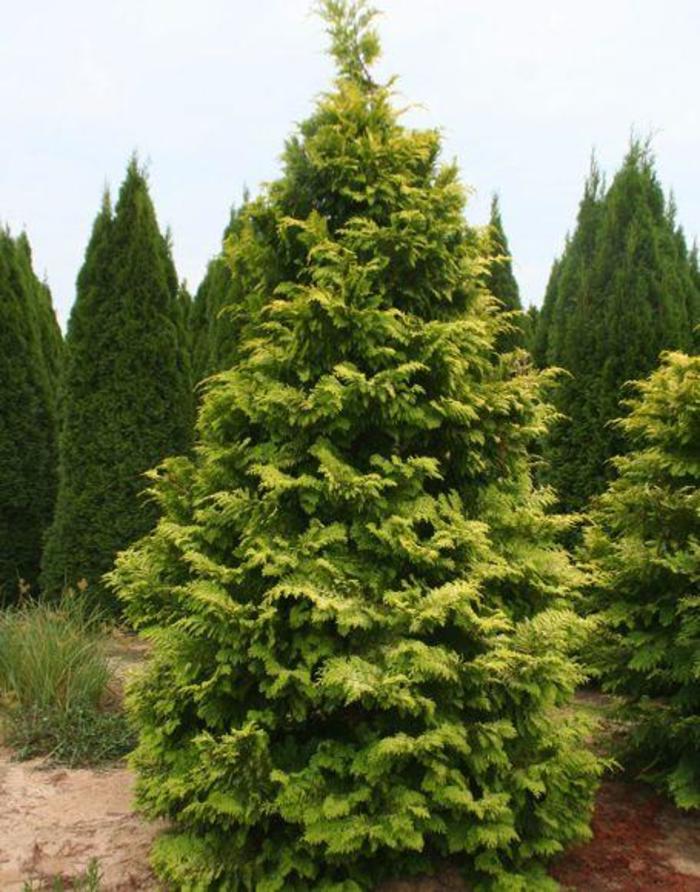Real Tips About Chamaecyparis False Cypress
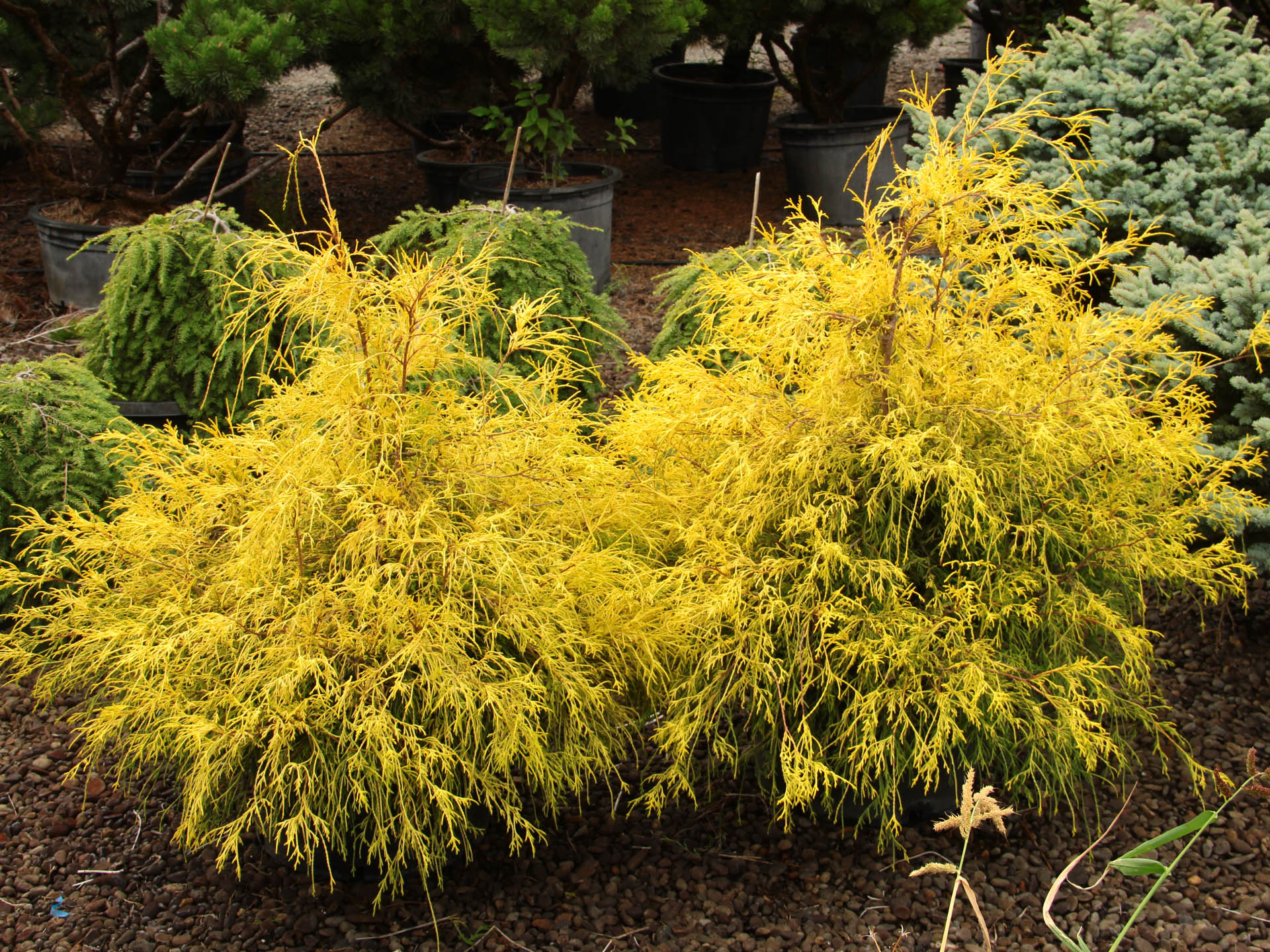
Here’s how to grow and care for these popular landscape shrubs or trees.
Chamaecyparis false cypress. Chamaecyparis (false cypress) a group of hardy evergreen conifers, noted for their flat branches, small pine cones and narrow conical shape. The chamaecyparis genus, often referred to as false cypress trees, offers a wide array of sizes and colors for anyone searching for a textured evergreen. Sawara) is a species of false cypress, native to central and southern japan, on the islands of honshū and kyūshū.
These sturdy evergreens prefer temperate climates and do not perform well in hot, dry, or windy conditions. They are used to determine whether a plant is likely to be perennial in your area. Chamaecyparis translates from the greek for dwarf and cypress, which verifies the fact that it is not a true cypress at all.
Keep the mulch at least 4” (10cm. Fill the hole until the soil line is just at the base of the plant, where the roots begin to flare out from the main stem. Planting and spacing false cypress.
Each fan of evergreen foliage is a cheerful lime green color and twists a bit,. False cypress are versatile in the landscape, lending color, texture, and structure to beds, borders, containers, and mass plantings. Koster's false cypress, this attractive evergreen shrub has a rounded form that matures into a dwarf pyramidal shape.
False cypress varieties to grow. Flat sprays of deep green foliage add hand. How to water and feed false cypress.
Plant is not sold online. Get to know false cypress where to plant false cypress when to plant false cypress The genus chamaecyparis, referred to as a false cypress, is native to japan, taiwan, and north america.
Thyoides) are of considerable importance as ornamental shrubs or trees. Somewhat susceptible to bagworms and root rot, and juniper blight. Please try a local retailer.
Chamaecyparis, common names cypress or false cypress (to distinguish it from related cypresses), is a genus of conifers in the cypress family cupressaceae, native to eastern asia (japan and taiwan) and to the western and eastern margins of the united states. If you love the look and feel of false cypress, also known as hinoki cypress and scientifically called chamaecyparis, invite these textural wonders into your landscape.some are short and perfect for smaller garden spaces and pots, planters and other containers, while other taller varieties are ideal for use as accents or corner plants in home. It has coarser branching and better resistance to sunburn than its parent.
Chamaecyparis pisifera (sawara cypress or sawara japanese: Cupressaceae (cypress or cedar family) botanical name: This cultivar originated in canada in the 1960s as a seedling of c.
The species is native to japan. Hinoki cypress is a large, woody, needled evergreen tree from formosa, japan with a broad, softly pyramidal shape and spreading, horizontal branches. Chamaecyparis (false cypress), are evergreen conifers of great decorative value.
